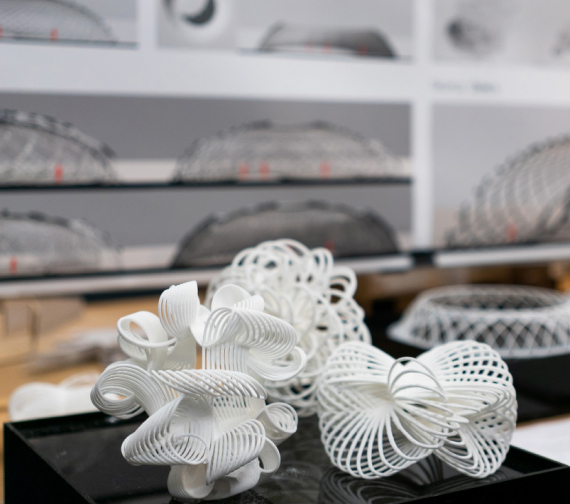The School of Architecture at NewSchool is rich in diversity and creativity. With international faculty prominent in the field, our students are exposed to many different approaches to design and innovation and master the same industry standard technology in the classroom that is used in the workplace. From their first day at NewSchool, our students learn to tackle hands-on, community-based projects that provide them the foundation and tools necessary to grow and succeed as an architect.
-
-
- About
-
-
Get In Touch
If you are interested in learning more about enrolling at NewSchool, please contact us.
contact us
-
- Academics
- Admissions
-
-
Get In Touch
If you are interested in learning more about enrolling at NewSchool, please contact us.
contact us
-
- Student Services
-
-
Get In Touch
If you are interested in learning more about enrolling at NewSchool, please contact us.
contact us
-
- Campus Life
-
-
Get In Touch
If you are interested in learning more about enrolling at NewSchool, please contact us.
contact us
-
- Alumni
-
-
Get In Touch
If you are interested in learning more about enrolling at NewSchool, please contact us.
contact us
-
-
-
-
-
-
 619-684-8800
619-684-8800
-

NewSchool of Architecture & Design
600 B Street, STE 600-800
San Diego, CA 92101
NewSchool of Architecture & Design
-
-
-

- About
- Academics
- Architecture
- Construction Management
- Design
- Integrative Studies
- Catalog and Calendar
- Assesment
At NewSchool, learning is accessible to individuals of all learning styles and stages of life. Read more
- Architecture
- Admissions
- Student Services
- Campus Life
- Meet Our Alumni
- contact us






 619-684-8800
619-684-8800





